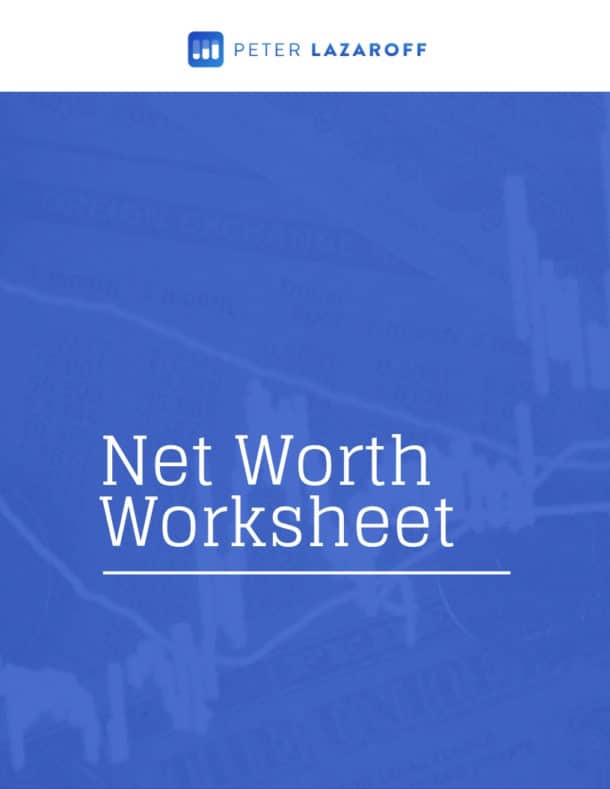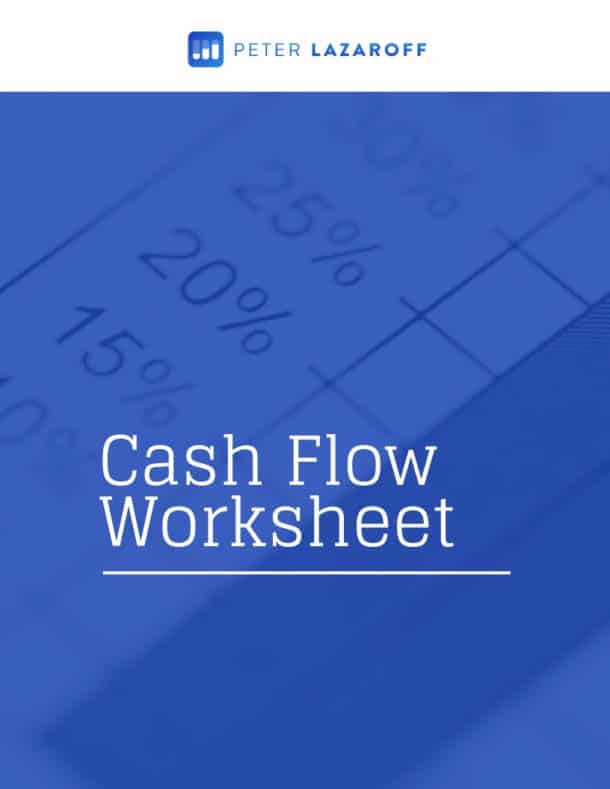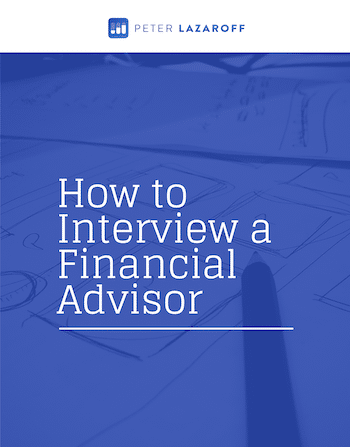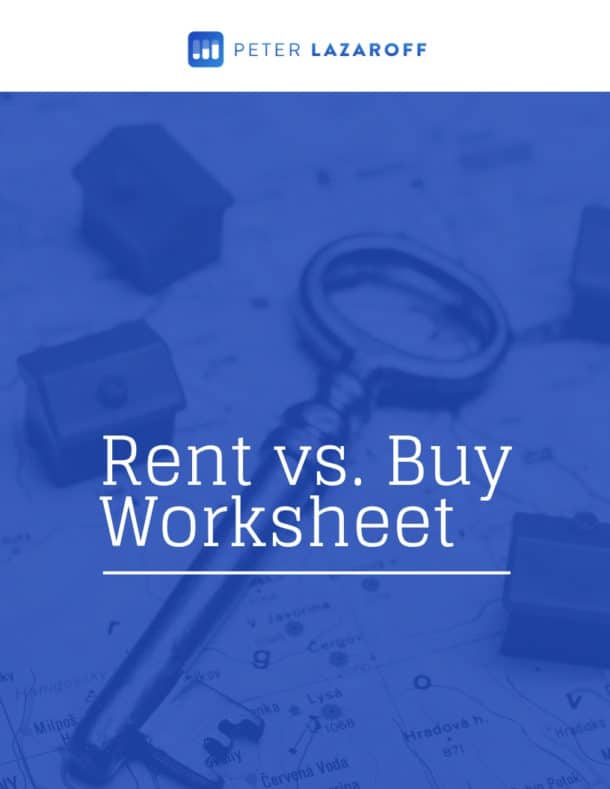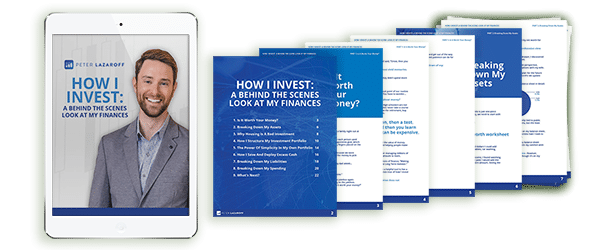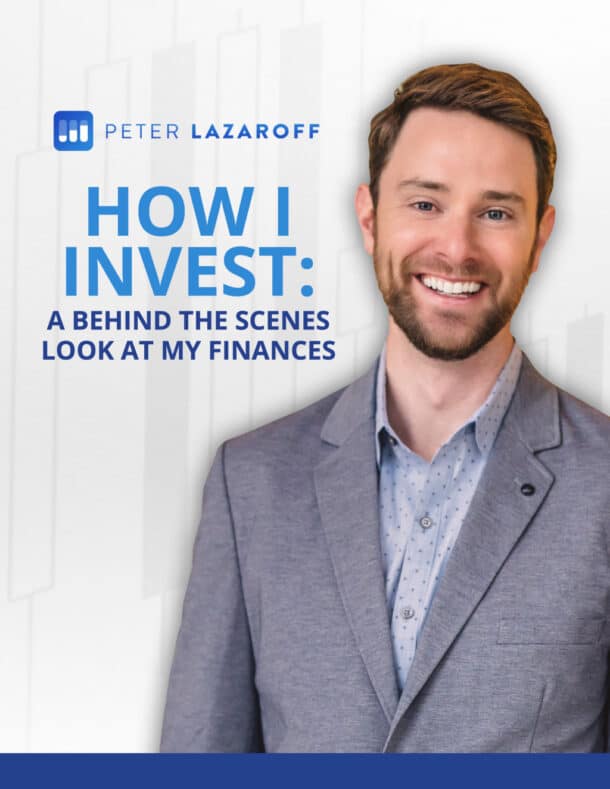Listen Now
If there’s one topic I’ve talked about more than anything else this year — with clients, with other advisors, and on stage at conferences — it’s 351 exchanges.
For investors sitting on big, appreciated stock positions, this is one of the most compelling ways I’ve ever seen to diversify without triggering immediate taxes.
But here’s the catch — you can’t do it on your own. This isn’t a “click a few buttons in your brokerage account” kind of move. A 351 exchange requires coordination between your financial advisor, your CPA, and the ETF sponsor. You need professionals who understand both the mechanics and the nuance — because when it’s done correctly, the result can be transformative for your long-term financial plan.
And of all the different ways to manage concentrated stock — exchange funds, options strategies, staged selling, charitable gifts, you name it — this has quickly become my favorite approach. It offers flexibility, transparency, and simplicity that other strategies can’t match.
So if you’re someone who’s accumulated company stock over a long career, inherited shares with big gains, or simply held onto a few winners for the past decade, this blog post is for you.
Sign up for my newsletter so you can easily reply to my emails with your thoughts or questions for the podcast:
What Is a 351 Exchange?
Here’s how I like to explain it.
A 351 exchange lets you contribute appreciated securities — like individual stocks — into a newly created exchange-traded fund, or ETF. In return, you receive shares of that ETF.
To really understand why this works, you have to look at how new ETFs come to life.
Launching a new ETF isn’t all that different from starting a small business. The asset manager has to go through the SEC, file the paperwork, line up operations, and — most importantly — make sure there’s enough investor demand before flipping the switch.
Typically, they gather capital commitments from institutions, advisors, or individual investors ahead of launch. That’s how they know whether the fund is viable and how they’ll price it appropriately once trading begins.
From the asset manager’s perspective, their job is simple: collect assets. They don’t really care whether the initial seed capital comes in the form of cash or securities — as long as it brings money in the door and gets the fund off the ground.
And that’s where Section 351 comes in. It gives investors a way to contribute securities instead of cash, which is a win-win. The asset manager gets assets to seed the fund, and the investor gets ETF shares without having to sell anything and trigger a taxable gain.
So instead of writing a check to fund the ETF, you’re effectively trading your existing stocks for ownership in the ETF itself. The tax code allows this to be a non-recognition event, meaning you don’t realize gains immediately. Your cost basis and holding period simply carry over to the ETF shares.
This applies to publicly traded stocks and ETFs — private shares, mutual funds, and illiquid assets typically don’t qualify.
That’s why I like to tell clients: this isn’t a loophole; it’s a legitimate, IRS-recognized exchange of property. It’s a way to reorganize how you own your investments — moving from concentrated holdings to a diversified ETF — without paying taxes right now.
And because you’re now in a fund structure, you gain the operational benefits of an ETF: daily liquidity, 1099 tax reporting, no lockups, and exposure to hundreds or even thousands of companies.
It’s one of those rare moments in finance where everyone wins.
Why 351s Are Gaining Attention
So that’s what a 351 exchange is — but the real story is why it’s becoming such a big deal right now.
The short answer? Technology finally caught up.
Even five years ago, this type of transaction would’ve been nearly impossible to execute at scale. ETF sponsors didn’t have the operational systems to accept dozens of unique stock positions in-kind, custodians couldn’t process the transfers efficiently, and compliance teams were left trying to stitch everything together manually.
Today, that world looks completely different.
The ETF ecosystem has matured. Custodians, transfer agents, and ETF issuers now run on modern, integrated platforms designed for in-kind transactions. They can verify positions instantly, match cost-basis data accurately, and handle complex security transfers with the same precision as cash trades.
Put simply, the plumbing now works. And when the plumbing works, ideas like 351 exchanges can finally move from theory to practice.
At the same time, this innovation meets a moment of real-world demand.
After a long bull market, more investors are sitting on large, appreciated stock positions — many through equity compensation that’s ballooned over time. And a growing number of these investors are now in their 50s and 60s, thinking seriously about retirement and legacy planning.
For them, diversification isn’t just a portfolio metric anymore — it’s emotional. It’s about reducing anxiety, simplifying life, and creating flexibility for the next phase.
But for years, investors in that position faced the same two bad choices:
- Do nothing, and stay concentrated, hoping your winners keep winning.
- Or sell outright, trigger a large tax bill, and start over.
A 351 exchange creates a third path — one that’s rational, defensible, and tax-efficient. It lets investors restructure their portfolios without surrendering a large portion of their gains to taxes, and it does so using technology that simply didn’t exist until recently.
That’s why these exchanges are having their moment. The rule itself isn’t new — the infrastructure is. And when the operational side of finance catches up to what investors actually need, strategies that used to live on whiteboards finally start working in real portfolios.
How It Works in Practice
So, what does this actually look like in practice?
There are five key steps:
- Assessment: We start by reviewing your holdings, gains, and tax picture to see if a 351 exchange even makes sense.
- Eligibility check: We make sure your contribution meets diversification rules — no single stock more than 25%, top five combined under 50%.
- Sponsor coordination: We identify an ETF launch that can accept your securities as seed capital.
- Exchange: Your stocks transfer in-kind, and you receive ETF shares. Your basis carries over — no gains recognized at the time of the exchange.
- Integration: We monitor the new ETF position, rebalance when appropriate, and plan future sales around your broader financial goals.
And just to be clear — this is tax-deferral, not tax-elimination. You’ll still owe taxes when you eventually sell ETF shares, but it allows you to defer that liability and stay invested.
Real-World Examples
Let me give you three quick snapshots.
First, an executive in her early 50s had spent two decades accumulating company stock through options and RSUs. Nearly half her net worth was tied up in one ticker. By contributing part of that position through a 351 exchange, she diversified into a broad-market ETF and deferred the tax hit she’d been dreading for years.
Second, a retired couple who’d held the same blue-chip stocks since the 1990s wanted to simplify their finances. We used a 351 exchange to fold dozens of line-items into one globally diversified ETF. Their portfolio went from complicated to clean overnight—without triggering capital gains.
And third, a younger employee that had accumulated stock at a handful of employers plus had inherited a bit of stocks from her father. She combined several public holdings into a qualifying basket, joined a new ETF launch, and walked away with diversified exposure and far less single-company risk.
Each situation was different, but the outcome was the same: greater diversification, deferred taxes, and a lot more peace of mind.
Like any strategy, this isn’t without trade-offs. Markets fluctuate, ETF shares can decline, and tax rules can evolve. But with proper guidance, a 351 exchange can meaningfully reduce concentration risk while keeping your money working on your side.
Questions to Ask an Advisor About 351 Exchanges
If you’re thinking about exploring a 351 exchange, one of the most important steps is choosing an advisor who’s actually done this before. These exchanges involve multiple moving parts, and not every advisor—or firm—has the experience to guide them well.
Here are a few questions worth asking:
- “How many 351 exchanges have you personally helped coordinate?”
Experience matters. You want someone who’s worked directly with fund sponsors and custodians, not just read about the concept. - “Can you walk me through your process from start to finish?”
A qualified advisor should be able to outline the key steps—eligibility testing, coordination with the ETF sponsor, timing considerations, and post-trade integration—without drowning you in jargon. - “Who handles communication with the fund sponsor and my CPA?”
Successful exchanges require tight coordination. Ask how your advisor manages that collaboration to keep things organized and compliant. - “How do you evaluate whether a 351 exchange is actually the best fit?”
A good advisor will show you how they weigh this strategy against alternatives—exchange funds, staged selling, charitable gifts, or doing nothing at all. - “What does success look like twelve months later?”
This helps you gauge whether they think beyond the transaction—toward ongoing monitoring, rebalancing, and documentation for tax reporting.
The answers to those questions will tell you whether you’re dealing with an advisor who has genuine 351 experience—or one who’s just hearing about it for the first time.
Resources:
- Wondering if you’re making the right financial moves? Let’s build a strategy you can rely on. Schedule a call with Peter to get professional guidance.
- Get a full guide on how to turn concentrated stock into diversified wealth in this Guide To 351 Exchanges from my firm Plancorp
The Long Term Investor audio is edited by the team at The Podcast Consultant
Submit Your Question For the Podcast
Do you have a financial or investing question you want answered? Submit your question through the “Ask Me Anything” form at the bottom of my podcast page.
Support the Show
Thank you for being a listener to The Long Term Investor Podcast. If you’d like to help spread the word and help other listeners find the show, please click here to leave a review.
I read every single one and appreciate you taking the time to let me know what you think.
Free Financial Assessment
Do you want to make smart decisions with your money? Discover your biggest opportunities in just a few questions with my Financial Wellness Assessment.

Disclosure: This content, which contains security-related opinions and/or information, is provided for informational purposes only and should not be relied upon in any manner as professional advice, or an endorsement of any practices, products or services. There can be no guarantees or assurances that the views expressed here will be applicable for any particular facts or circumstances, and should not be relied upon in any manner. You should consult your own advisers as to legal, business, tax, and other related matters concerning any investment.
The commentary in this “post” (including any related blog, podcasts, videos, and social media) reflects the personal opinions, viewpoints, and analyses of the Plancorp LLC employees providing such comments, and should not be regarded the views of Plancorp LLC. or its respective affiliates or as a description of advisory services provided by Plancorp LLC or performance returns of any Plancorp LLC client.
References to any securities or digital assets, or performance data, are for illustrative purposes only and do not constitute an investment recommendation or offer to provide investment advisory services. Charts and graphs provided within are for informational purposes solely and should not be relied upon when making any investment decision. Past performance is not indicative of future results. The content speaks only as of the date indicated. Any projections, estimates, forecasts, targets, prospects, and/or opinions expressed in these materials are subject to change without notice and may differ or be contrary to opinions expressed by others.
Please see disclosures here.










